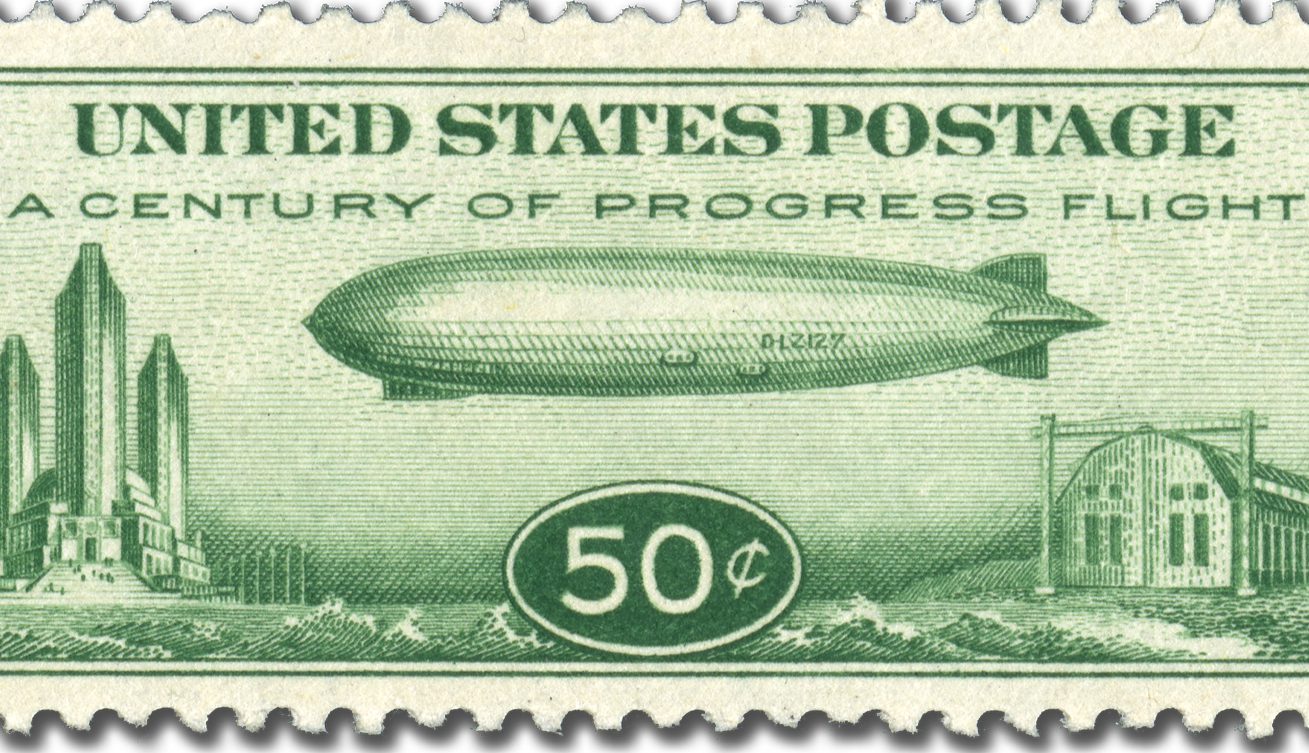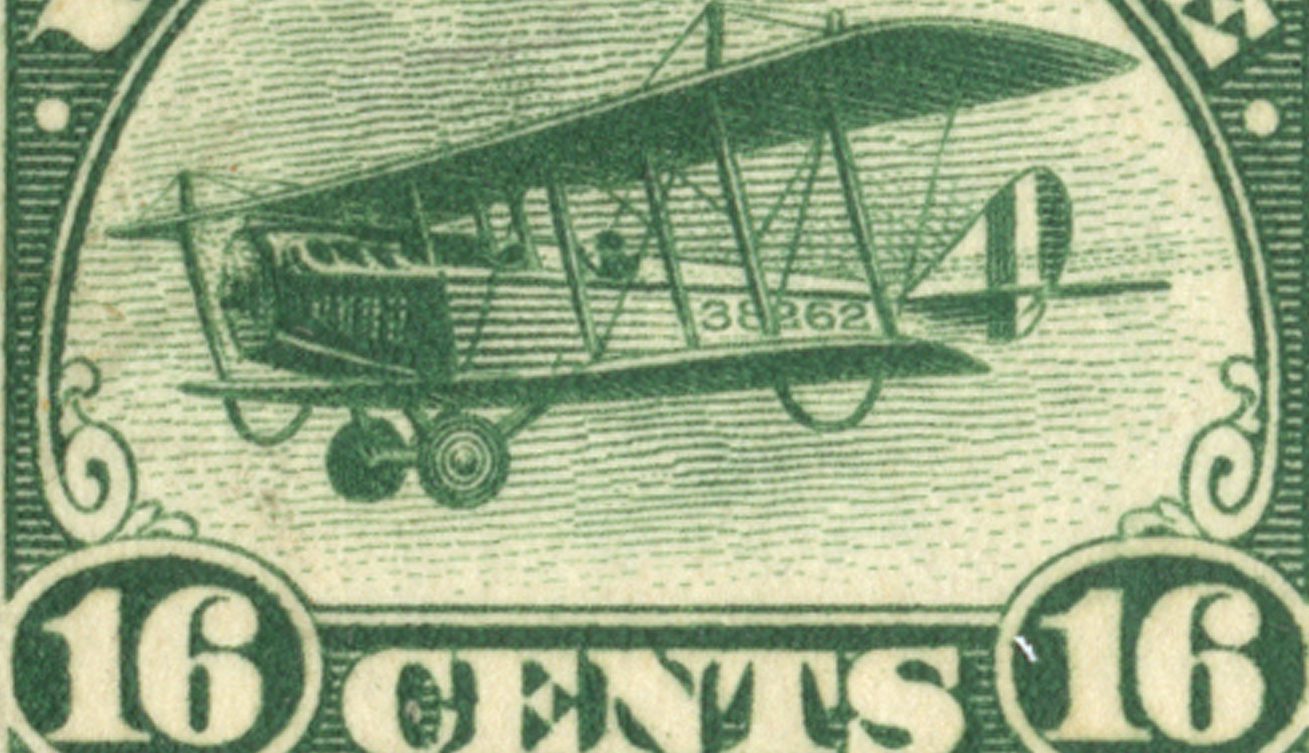First Non-Denominated US Stamps
On October 14, 1975, the USPS issued its first non-denominated postage stamps. The two Christmas stamps were issued without denominations because the USPS was unsure about an upcoming rate change.

On October 14, 1975, the USPS issued its first non-denominated postage stamps. The two Christmas stamps were issued without denominations because the USPS was unsure about an upcoming rate change.

On October 8, 2003, the USPS issued its third Semipostal stamp, which raised funds to help stop family violence.

On October 2, 1933, the Century of Progress airmail stamp, affectionately known as “Baby Zepp” was issued. It sold poorly at the time and 90% of the stamps were destroyed, leaving a relatively small number available today.

On September 23, 1978, the USPS issued the first stamps in its Pioneers of Aviation Series. The series would span more than 20 years and include 18 stamps honoring some of America’s most legendary aviators and their aircraft.

On August 30, 1983, the space shuttle Challenger blasted off on its third mission to space. The shuttle carried special cargo – commemorative covers bearing the new Express Mail Next Day Service stamp.

On August 28, 1864, the US Post Office Department created the Railway Mail Service. It revolutionized mail delivery for a century.

On August 12, 1918, the US Post Office Department took over control of airmail service from the US Army Air Service. Under the Post Office Department, the service flourished, leading to transcontinental airmail service, which was eventually taken over by private companies.

On July 7, 1838, Congress approved an act that declared all United States railroads as post roads. This would lead to a dramatic increase in the use of railroads to deliver mail.

On June 15, 1942, the Post Office Department inaugurated its V-Mail service. During World War II, letters bound for service personnel were photographed and transferred to microfilm. This special process enabled letters to take up a fraction of their usual space on planes going to war zones, allowing more room for crucial supplies.